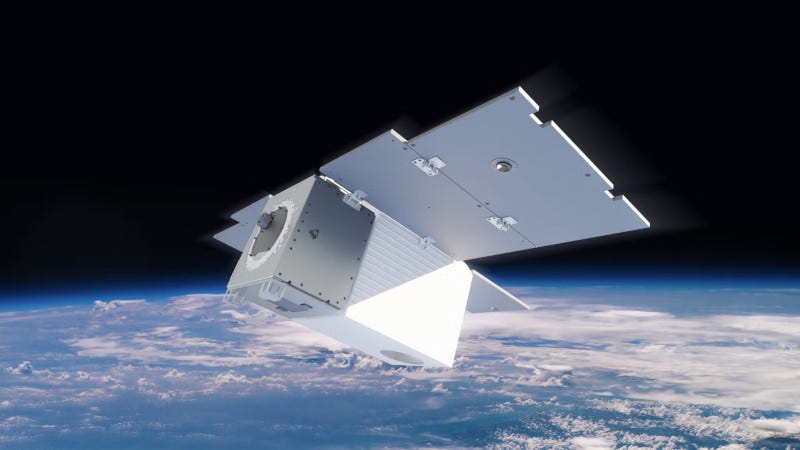Tanager Data Products Released for General Availability
Planet Marks Anniversary of the Satellite’s First Light Imagery
Data products produced by the Tanager-1 satellite launched last year by Planet are now generally available, as the company marks the first anniversary of its first-light images. Planet customers are now able to purchase Tanager core imagery to support analyses of Earth’s surface and atmosphere, as well as a new Methane Quicklook produ…




